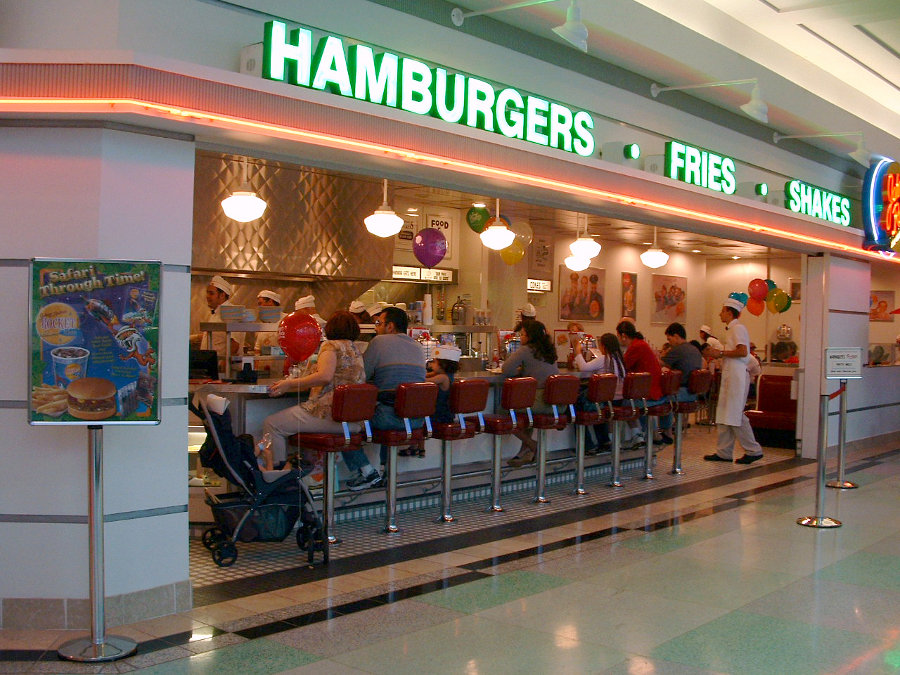March 26, 2012


The meat is grown from bovine muscle and stem cells in a culture dish under the watchful eyes and delicate care of trained scientists. Scientists already answered the question of “can we do this,” but there is a lot to consider regarding the “should.” First and foremost, is test tube meat safe? Since the meat is grown in a sterile environment, it is free of pathogens. So, from that perspective, it is safe. But, what about the other factors, such as the safety of genetically engineered meat? (Photo by Carin, Stock.Xchng)
[nggallery id=137 template=carousel images=4][imagebrowser id=137]
Blog post by Mike Brandolino
Researchers around the world continuously seek ways to make new agricultural chemicals and pharmaceutical drugs to improve our lives. Recently, a new discovery was announced to the world: a laboratory-grown slab of meat. The product is colloquially being called the “test tube hamburger.”
Yes, it does sound strange to think of meat coming from a culture. However, other foods, such as cheese and yogurt, are technically “grown” as cultures. These cultured foods have been consumed for thousands of years.
Why is cultured meat scary? Our minds tell us that meat comes from animals, whether from domesticated or game sources, not from a test tube.
The meat is grown from bovine muscle and stem cells in a culture dish under the watchful eyes and delicate care of trained scientists. Scientists already answered the question of “can we do this,” but there is a lot to consider regarding the “should.”
First and foremost, is test tube meat safe? Since the meat is grown in a sterile environment, it is free of pathogens. So, from that perspective, it is safe. But, what about the other factors, such as the safety of genetically engineered meat? Genetically engineered crops, such as corn and cotton, have gaining market shares and popularity over the last couple decades. The long-term health effects are uncertain. There is the possibility that test tube hamburger will be accepted over time. However, the related health effects, if any, will remain unknown for a long time.
This food production method is in a gray area for vegetarians and vegans who oppose animal slaughter and processing. The material is technically meat, but no live animals are slaughtered to produce the meat culture. However, eating this test-tube meat could be seen as reinforcing the idea that animal products are necessary and/or healthy for people.
Currently, it takes about three months to culture enough meat to “grow” a hamburger. It is quite expensive too. A test tube hamburger costs about $250,000 to produce. It is expected that over time, as the laboratory techniques are improved and streamlined, the test tube beef costs will be competitive with conventionally slaughtered and processed beef. If scale-up production is successful and cost-effective, the meat culture can be a step towards reducing food shortages around the world.
According to Michael Specter in The New Yorker, there could be a great environmental benefit from test tube hamburger. Since the meat production reduces the need for livestock, emissions of the greenhouse gas methane from large factory farms will decrease, thus slowing down global warming.
No matter how you look at it, test tube meat is essentially synthetically grown tissues. It is not a natural, farm-raised casino online product. It may be grown in sterile conditions with all the requisite nutrients, but the normal bovine physiological mechanisms are nonexistent. Quality beef is more than just a slab of body tissue. It is composed of conditioned muscle fibers as a result of the animal’s movements. It is unlikely that the currently used lab procedures can simulate conditioned cattle muscles.
In the United States, many food production processes and safety issues are highly regulated. Test tube hamburger may conjure visions of pink slime that many fast food restaurants add to their products. Pink slime is made from sanitized and extruded waste meat scrap waste from livestock processing. It sounds strange, but test tube meat is technically fresh meat.
The possible benefits of test tube hamburgers to reduce greenhouse gases are apparent. However, there are many ethical, health, and safety issues that will need to be addressed and answered. Is cultured meat a morally acceptable food production practice? Is it safe to eat? Will it cause illnesses in the future? As with any science and technology advancements that raise ethical questions, it can be done, but should it be done?
Sierra Club Green Home applauds science and technology that addresses food shortage issues and greenhouse gas emission reductions. However, we also implore researchers, industries, and top-tier management to carefully consider the ethical, health, and safety aspects of all new discoveries. It is not just about making a profit for the company and the shareholders. Global ethics, environmental sustainability, and human health concerns are much, much bigger and more important than any stock price or bank account.
For related articles, see:
Food Gone Frankenstein: GMOs
Eating Healthy Food Can Change the World
Chef Mary Sue Milliken and the “Low-Impact Diet”
© 2012 SCGH, LLC.
]]>